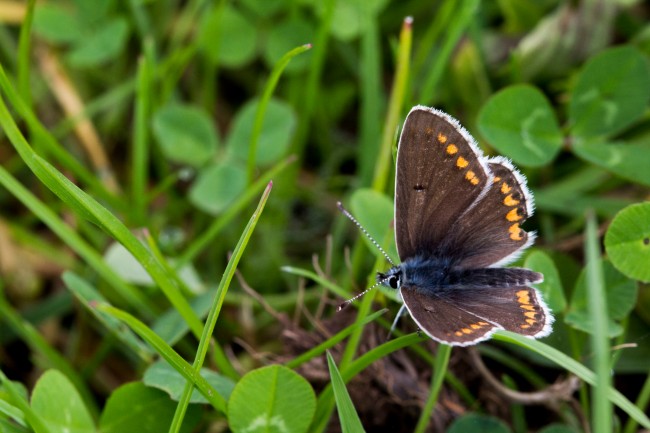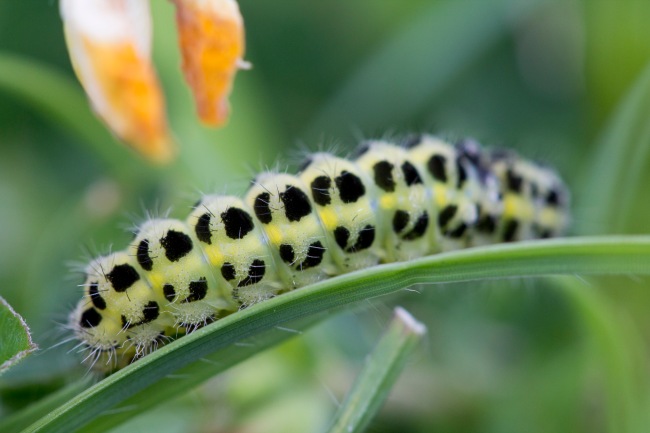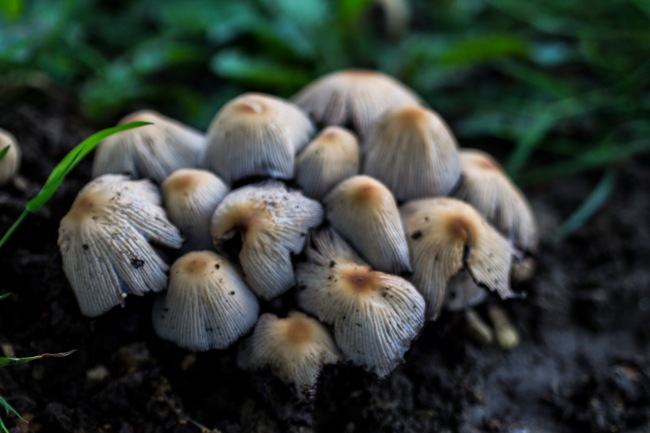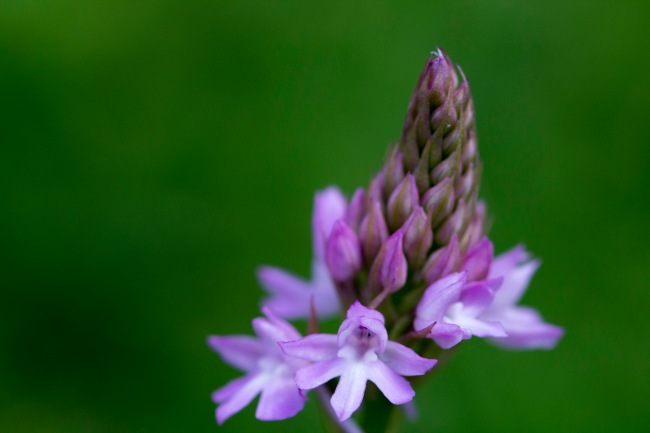Today started out looking extremely bleak – rain showers and thick clouds. Fortunately it picked up after about an hour and we were treated to bright sun and blue skies for the rest of the day. Lucy and I were treated to quite a few butterfly species we’d never seen before – many of them too fast for me to get pictures of though.
By the end of the day we’d recorded; Common Blues, Meadow Browns, Small Heaths, Small Coppers (which I just about got a picture of!), Brown Argus and Grizzled Skipper.
Here’s a fun one – Brown Argus or Common Blue (female)? Answers in the comments!

The sun once again brought with it a fair number of visitors in search of the Large Blue. No Large Blue meant they had to settle for the amazing view, searching for orchids and for the other butterflies out on the wing – not too bad a consolation prize at all.
The majority of Thyme still seems to be in its early stages – perhaps a sign that we may still be waiting a little while until the Large Blues emerge. One thing working with the Large Blue teaches you is patience.
There’s still plenty to keep anyone interested around the site;
Running around trying to photograph little critters like this:
Finding unexpected cool things while looking for butterflies – not too sure what species this belongs to.
Around noon I spent some time sat in the quarry, (the wooded area on your right as you enter the site) watching many of the enigmatic bird species on the site. Chaffinches and Goldfinches were numerous and raucous, while a small family of Coal Tits flitted between the conifers, I’d never seen the birds so active and it’s a wonderful sight to behold.
Also while on my way home through Ivythorn Woods today, I saw evidence that a Thrush had been at work. Fascinating:
So yes, still no Large Blue at Collard just yet, but plenty to find if you do come and visit! (Saturday’s weather is looking absolutely awful though, so I’d give it a miss until after it’s cleared up)
Jono, The Large Blue Ranger
P.S I am absolutely tasting my new sunhat.



















